How To Deactivate Facebook Account (Complete Guide)
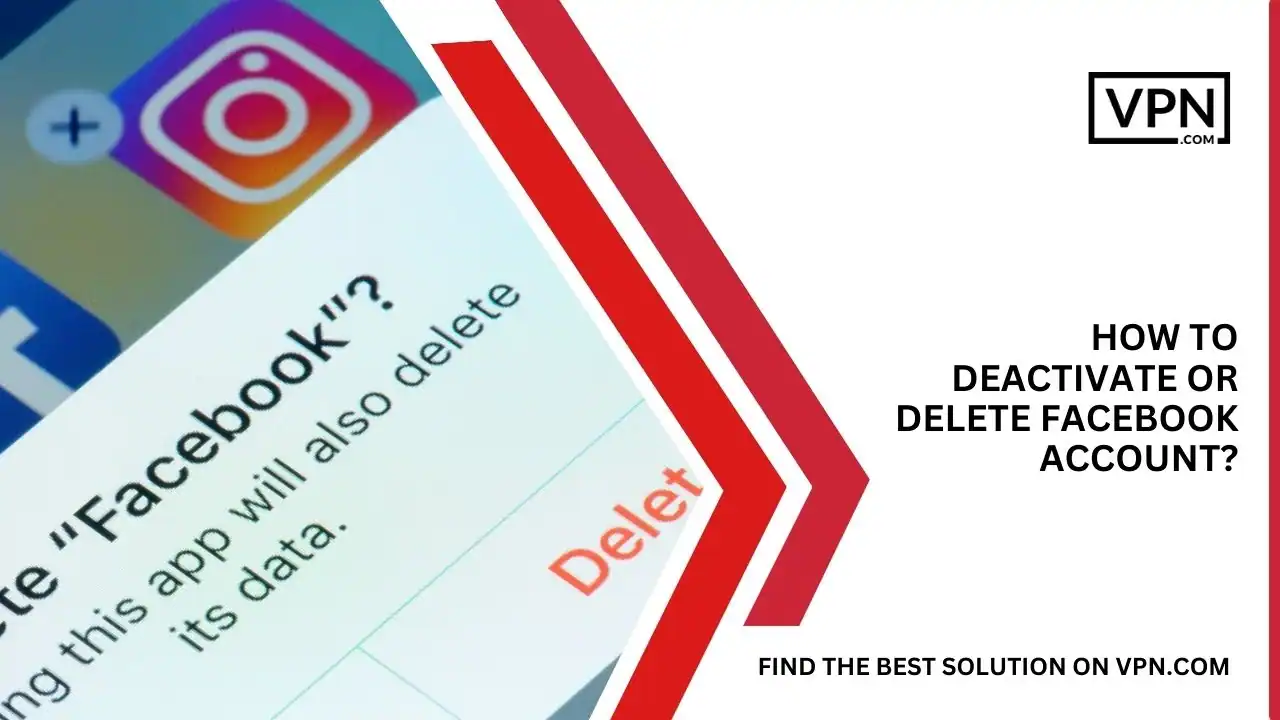
Have you finally decided to delete your Facebook account? Well! There is no hidden secret behind the fact that spending too much time on Facebook can charge taxes. On any unexpected day, this social media platform can play tricks to falsify information, promote unusual politics, and unyielding civic twaddle. Don’t worry! Nobody will curse you on departing from all that time-wasting stuff. In this article, we have provided you with a complete step-by-step guide on how to deactivate Facebook account. So, stay tuned till the end to solve this riddle.
But do you have any idea that deleting your Facebook is an important step in guarding your digital privacy? Since it originated in 2004, the social media corporation has been picking, analyzing, and marketing confidential data to its 2.6 billion users and they have not always managed this task accountability.
Today we are up to fall through everything Facebook notices about you, how they are going to utilize your data, and the measures you can follow to protect yourself- specifically how to deactivate Facebook account and what happens when you deactivate Facebook account.
Why Should I Mind that Facebook Stocks My Information?
At any instant, your private data can be collected by Facebook. So, it’s important to recognize how this data is being used and who can have access to your Facebook account. When it comes to social media apps like Facebook, where all of your confidential data is stored, it’s even more considerable.
Furthermore, data violation occurs every day and current records have manifested that no corporation, no matter how large, is unsusceptible.
You will be astonished at knowing what a cybercriminal can execute just by getting your name and birth date. Yes! Your private messages and search history. Facebook saves that information. So, now you must know how to deactivate Facebook account.
The Cambridge Analytica Hearsay

In 2013 Russian technologist Alexander Kogan launched an application for Facebook that enabled users to take a survey about their civil inclinations. About 270,000 users voluntarily registered for the survey but the quiz was not as harmless as it seemed.
Look, even though Facebook declares clearly in its Terms of Service that no user information can be bought for the intent of trade or publicity, the social linking massive system licensed data caches to be utilized for what the company called “academic aims”.
Cambridge Analytica bought the information from Kogan (an academic investigator) and used these escape clauses in Facebook’s TOS to obtain data of more than 50 million US users, declaring it as the largest data crack of private information in modern history. Analytica then reverted and used the data to point out people and force them to vote for the Republican ticket in the 2016 presidential election. Many people believe that this illegal use of private information played a prominent role in Donald Trump’s inclination of election in his favor.
Facebook claims that it observed the transmission of the information from Dr.Kogan to Cambridge Analytica in 2015, at the point when they dismissed his survey petition and inspected it to ensure that the 50 million profiles had been removed from the server of Analytica. How to deactivate Facebook account? This article has the correct answer to this question.
Then the New York Times issued a convicting report in March 2018. having hands-on accounts of the employees working for Cambridge Analytica at the hour of violation. The report revealed that Facebook had never deleted the data and even used that confidential information to collect voters repeating the history of 2015.
Their statistics involved purchasing ads that were only exhibited on specific users’ profiles and steering users to irrelevant content that had its roots in political tendencies suggested in their Facebook profiles.
Their main aim was to make people gratified over any schemes presented by Trump’s campaign. Cambridge Analytica was capable of accessing almost every aspect of the desecrated users’ existence, utilizing their uploaded status histories, likes, profiles visited, and much more to point them out and change their opinion about some political claimants. How to deactivate Facebook account?
Facebook allows the data of its users to be utilized to mislead and influence the political thinking of millions of people. While there is no proof to reveal the exact influence of the Cambridge Analytica scandal, it’s extremely terrifying that a data violation could be a source in determining the President of the United States.

Get Started w/ NordVPN Today
- Top-rated VPN for OS unknown
- Ultra-fast speed in US in 2024
- Save 69% off with VPN.com Discount
- Plans starting at $2.99/month
- Rated 4.5/5 on Google Play with over 825,000 reviews
- Rated 4.7/5 on Apple App Store from 6,600 users
Facebook Encounters the Impact and More Logging Questions Come Up
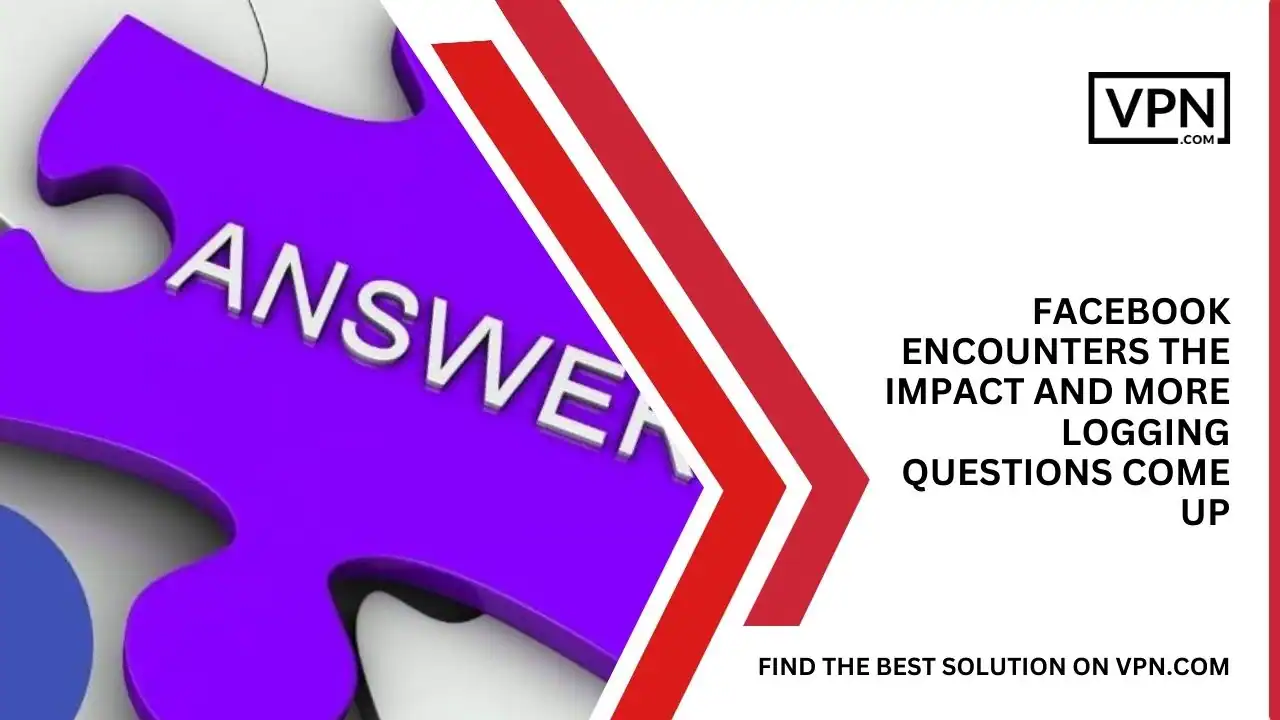
Even after knowing about data violations in 2015, Facebook hid all misdeeds from the public for the good of Cambridge Analytica. But only after a few years, that case file was reopened, and Mark Zuckerberg was investigated by the press and high authorities where he admitted in his statement that he led the violation and his company lost access to their information.
“We have a responsibility to protect your data, and if we can’t then we don’t deserve to serve you. I’ve been working to understand exactly what happened and how to make sure this doesn’t happen again. The good news is that the most important actions to prevent this from happening again today we have already taken years ago. But we also made mistakes, there’s more to do, and we need to step up and do it.”
Apart from Zuckerberg’s good-intentional statement, reporters began scraping to get what this social media platform perceives about its users, and the results were highly terrifying. In 2018, a report was issued by Ars Technica in which they claimed that Facebook was accumulating a scary amount of information from Android users. Facebook app not only has access to the users’ contacts but also tracks the people who text and call from their mobile as well as the duration of the call and the archives recollected from the text.
The confidential data was stolen through a crack in such a way that older versions of Android managed approvals. Before Marshmallow, Android would clod permissions together instead of letting users switch them themselves. It was intended that if Messenger and Facebook were allowed to access the phone numbers (normally to know about other people using the app), it would also dig into call and SMS logs. How to deactivate Facebook account?
Facebook answered Ars Technica by asserting that it was legal for the company to use the consumers’ metadata due to the issue of permissions loophole.
Unfavorably, even though Facebook says they are guarding your information (and of course legally, according to a 2011 Senate hearing), it’s obvious that the company doesn’t always think good of its users.
How to Know What Facebook Perceives About You?
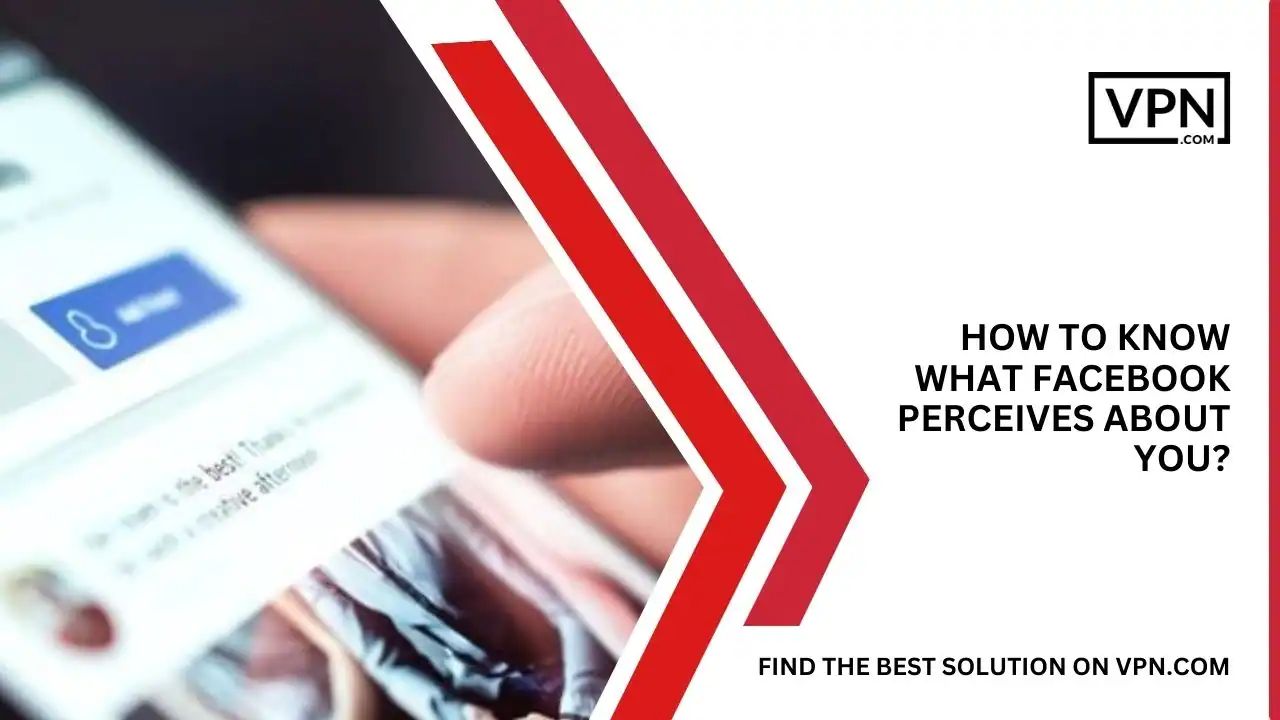
Expectedly, Facebook has made it hard for users to know what information is being accumulated, who can access their data, and how all that data is being utilized. They don’t allow you to know the peak at which your data is leaked, because then you might stop giving your personal information deliberately. How to deactivate Facebook account?
Supported by our research, here is the complete guide to see every scrap of data you have given to Facebook throughout the lifespan of your profile.
Download Your Digital Archive
The data archive is the complete storage of everything that Facebook has stolen about you from the day you signed up for this application for the first time. This data incorporates Messenger archives, posts of your Timeline, and the specific businesses to whom you have given your profile accessibility for years.
We suggest you view this info to better understand which applications are on your data for advertisement, who can use your login information and the comprehensive clickstream you have made during your life on Facebook. How to deactivate Facebook account?
As per the version you use (new or standard), here is how Facebook Help Center guides you to access and download information:
New Facebook
- Click the “dropdown” icon in the top right corner of the Facebook home page.
- Select Settings & Privacy > Settings.
- Then in the left column, choose Your Facebook Information.
- Now to download your personal information, click View.
- To include or eliminate different forms of data, click the box icons on the right side of Facebook.
- Select other options like:
- The quality of photos, videos, and other media files
- The structure of your download request.
- A particular range of information. If you forget to select the range, you will download all the information of the categories you have selected.
- Click Create File to confirm the download request.
Standard Facebook
The criteria are the same as for the new Facebook but in the classic version, the Settings and Privacy option is missing. The simple Settings option will redirect you to the option Your Facebook Information.
Once you have downloaded the zip file, copy it to your desired folder and then direct it to the sub-folder entitled HTML. In light of the amount of data in your file and the efficiency of your computer, this operation will require several minutes to carry out. Once all the files have been downloaded, you will see a group of multiple folders containing your data archives.
We suggest you take a moment and go through these folders. You may be astonished at what Facebook is archiving about you.
On a serious note is the “ads_and_businesses” folder. Here you can find the names of promoters who have transmitted a call list with your personal information, publishers you have communicated with, and the data you have proposed to the advertisers. How to deactivate Facebook account?
You should also check out your off-page Facebook activity. It’s the record of sites you visited and the information they transferred to Facebook about you, which can be specifically alarming. Here is an overview of how Facebook accumulates and uses data on your Facebook activity.
Categories of data:
- advertisers_who_uploaded_a_contact_list
- your_off_Facebook_activity
- information_you_have_submitted_to_advertisers
- ads_interests
- advertisers_you’ve_interacted_with
What is off_Facebook activity?
Off-Facebook activities contain details that companies and businesses share with you regarding your interaction with them. Interaction means exploring their websites or signing in to their apps with Facebook. It doesn’t include any customer list that businesses use to show ads containing a specific group of customers availing their services.
How did Facebook receive your activity?
When you use an app or visit a website, these businesses or organizations share your activity with Facebook with the help of its business tools. Facebook uses this activity to customize your Timeline, like showing relevant ads more often. Facebook should ask businesses to provide a notice to people before sharing their activity via Facebook’s business tools.
How to delete a Facebook account? Even though you don’t want to deactivate your Facebook account, we suggest you use the data archive as a universal guidepost because it will help you gain better control over who can access your profile info.

Get Started w/ NordVPN Today
- Top-rated VPN for OS unknown
- Ultra-fast speed in US in 2024
- Save 69% off with VPN.com Discount
- Plans starting at $2.99/month
- Rated 4.5/5 on Google Play with over 825,000 reviews
- Rated 4.7/5 on Apple App Store from 6,600 users
How to Manage Your Facebook Settings?
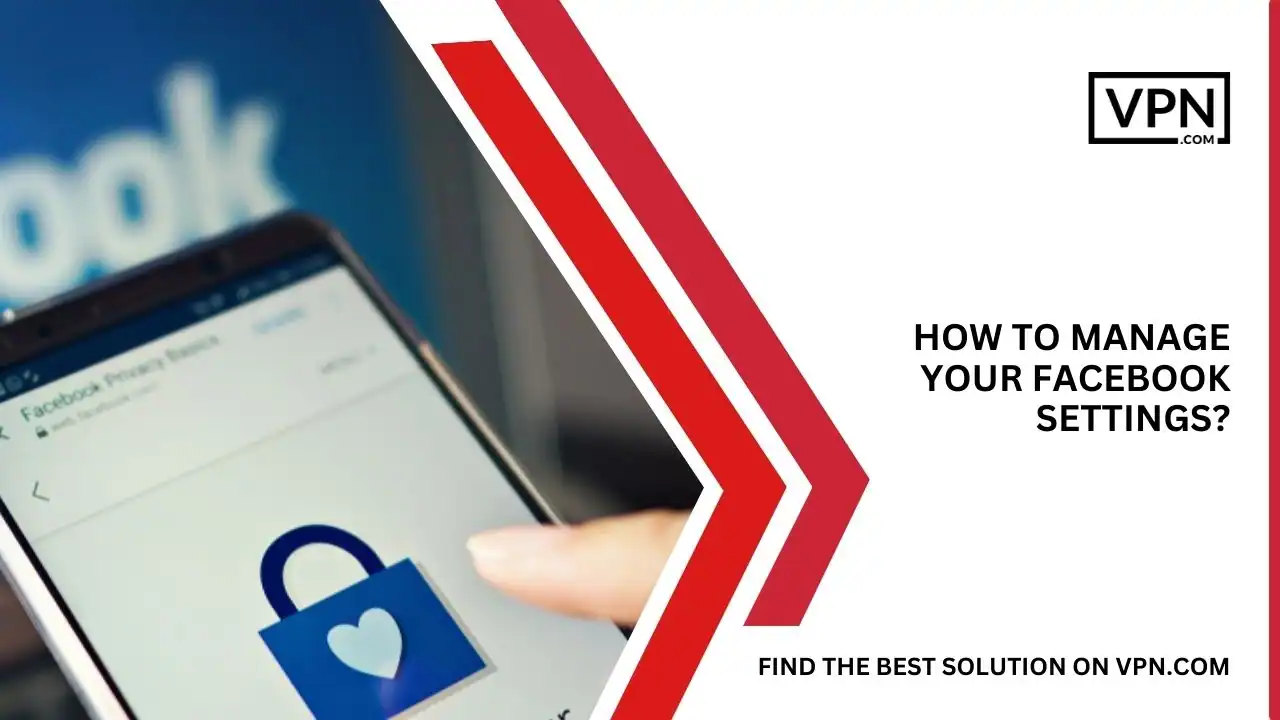
An extra measure you can take to maintain your privacy is to set limits on information that Facebook can share with third-party apps you are up to. To do so, go to Settings & Privacy > Settings > Apps and Websites.
Here a screen comes where you’ll track down a complete catalog of the applications that can access your Facebook account at present. To view and limit what information they can access, click the View and Edit hyperlink on the right of any application. How to deactivate Facebook account?
In the pop-up window, before you Deactivate Facebook account, you can check whether the app can collect data from your birthday, friend list, email address, and page likes or not. You can also stop the app from sending you notifications and choose the people who know about you using the app. There is also a powerful option to delete the app completely if you don’t want it to access your Facebook information.
How to Direct a Privacy Audit
Privacy Checkup is a special tool that Facebook gives its users to sort out their profiles’ privacy settings quickly. For those people who don’t have time to go through their settings to get the information they are searching for, the Checkup tool is a very convenient option to keep better control over Facebook data. How to deactivate Facebook account?
Again, you will have to go to the Settings & Privacy drop-down list, then select the option of Privacy Checkup. A screen pop-up with options like:
- Who can see what you share
- How to keep your account secure
- How people can find you on Facebook
- Your data settings on Facebook
- Your ad preferences on Facebook
We suggest you navigate through all of these portions to make sure that you are not unintentionally sharing any susceptible information with Facebook that you should rather keep confidential.
How to Deactivate Facebook Account?
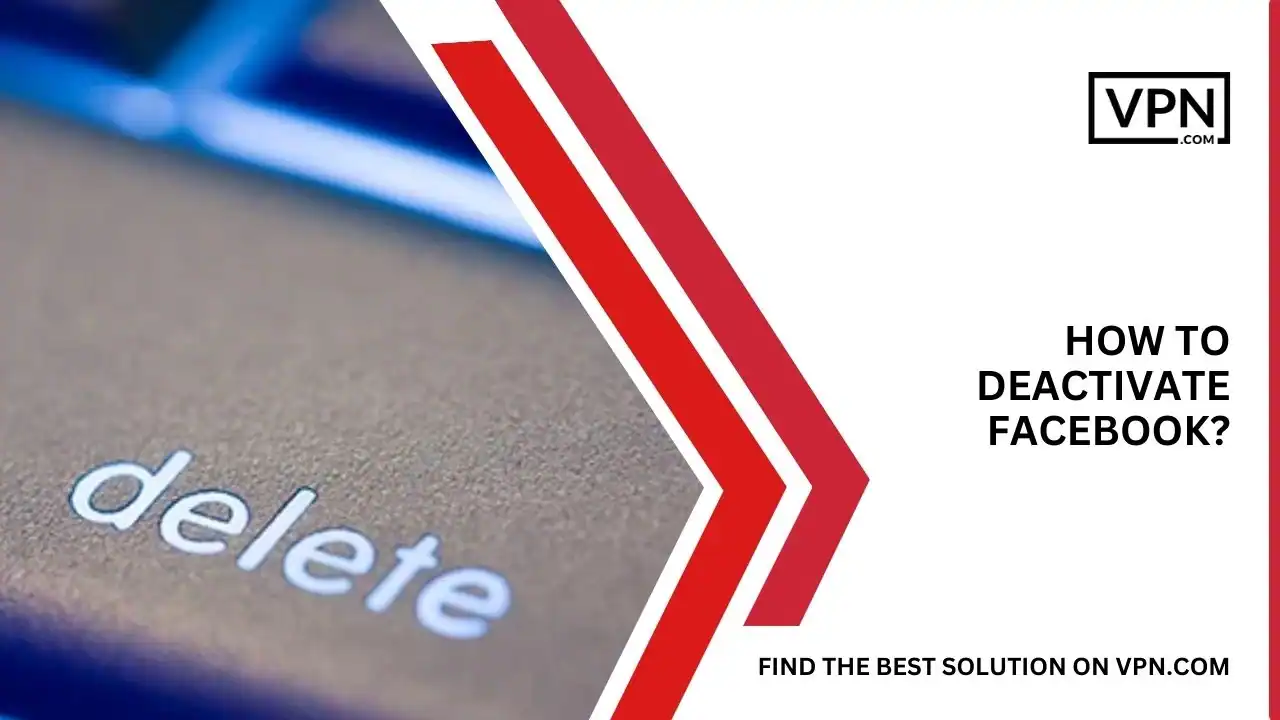
When you realize that Facebook is much more than just an app to handle, the only question that pops up in your mind is “How to deactivate Facebook account?” When all is said and done, despite how long you mess with your privacy settings, the only way to protect your confidential data is to deactivate Facebook account. It’s an easy process but Facebook doesn’t provide enough information regarding its deactivation.
To initiate the process to Deactivate Facebook account or delete it, go to Settings & Privacy > Settings > Your Facebook Information. You will arrive at a screen with a ‘View’ hyperlink at the right side of each bar. Click on the ‘View’ at the right of the ‘Deactivation and Deletion’ option. Then you’ll be taken to a screen where you have to choose whether you want to temporarily deactivate or permanently delete your account. The primary distinction is that with a deactivated profile, you can still use Messenger, and it’s possible to reactivate the account whenever you choose.
However, for comprehensive privacy protection, we recommend opting to delete your Facebook account permanently.
Once you’ve made your choice, click Continue and enter your password. Facebook will then prompt you for a reason for your decision. After providing your reason, click the final confirmation button. If you choose permanent deletion, Facebook offers the option to download all the photos and posts you’ve shared on your Timeline. However, should you decide on temporary deactivation, you’re granted a 30-day window in which you can reactivate your account.
Otherwise, Facebook will delete your profile completely after 30 days. How to deactivate Facebook account? Finally, we have provided the answer to how to delete Facebook account.
This is how you can easily delete your Facebook account. There is no need to worry about Facebook and other third-party applications maltreating your personal information. If you deactivate your account, you will be free of the next data violation imposed by Facebook because then they will not be able to access your data and browsing history.

Get Started w/ NordVPN Today
- Top-rated VPN for OS unknown
- Ultra-fast speed in US in 2024
- Save 69% off with VPN.com Discount
- Plans starting at $2.99/month
- Rated 4.5/5 on Google Play with over 825,000 reviews
- Rated 4.7/5 on Apple App Store from 6,600 users
No Need to Delete Facebook! Use a VPN
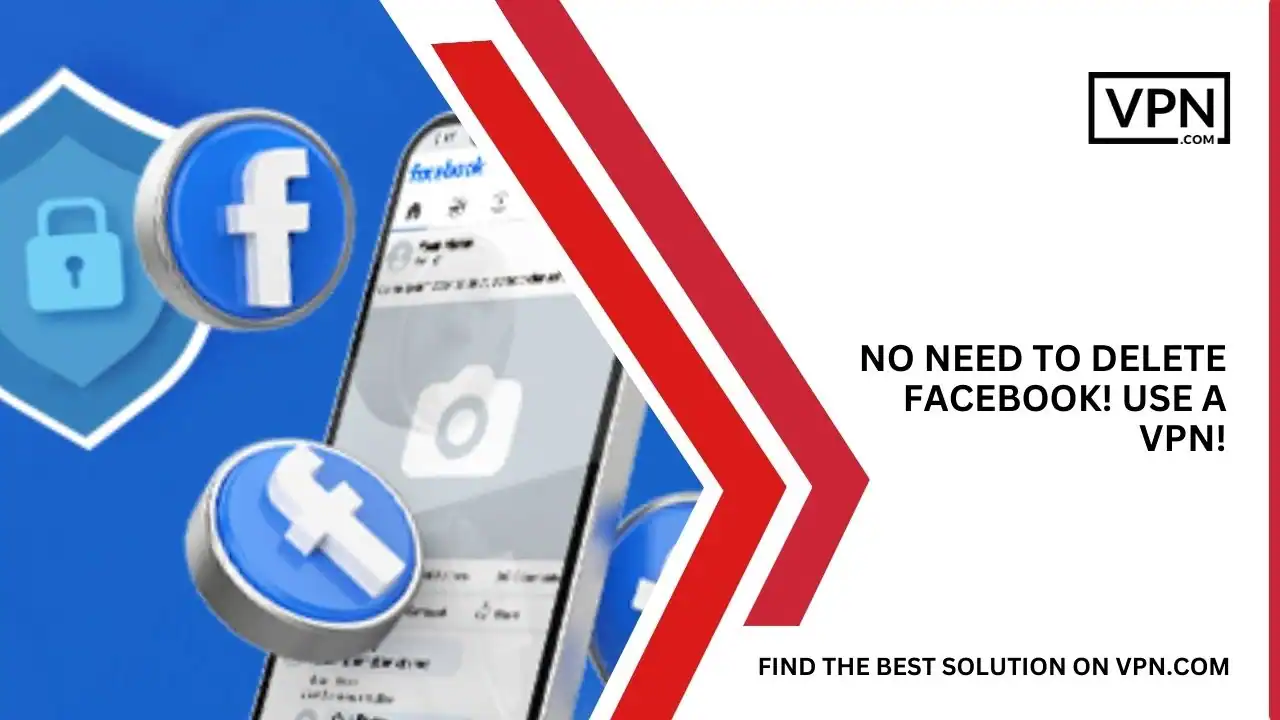
If you don’t want to delete your Facebook account permanently and are looking for a way to protect your privacy as much as you can, we suggest using a VPN. Account for the fact that Facebook can still access the private data you have mentioned in your profile but a VPN will strictly impede their potential of tracking your location, browsing history, and identity. So, please tell us in the comment section that either you want to delete Facebook account completely or prefer using a VPN.
Also, check out these best VPNs to protect your privacy on Facebook.
Customer Reviews for NordVPN: In-Depth Review, Tests, and Stats

Connection issues with MLB.TV
May, 2 2023

Prompt customer service
May, 6 2023

I would highly recommend
December, 15 2023



